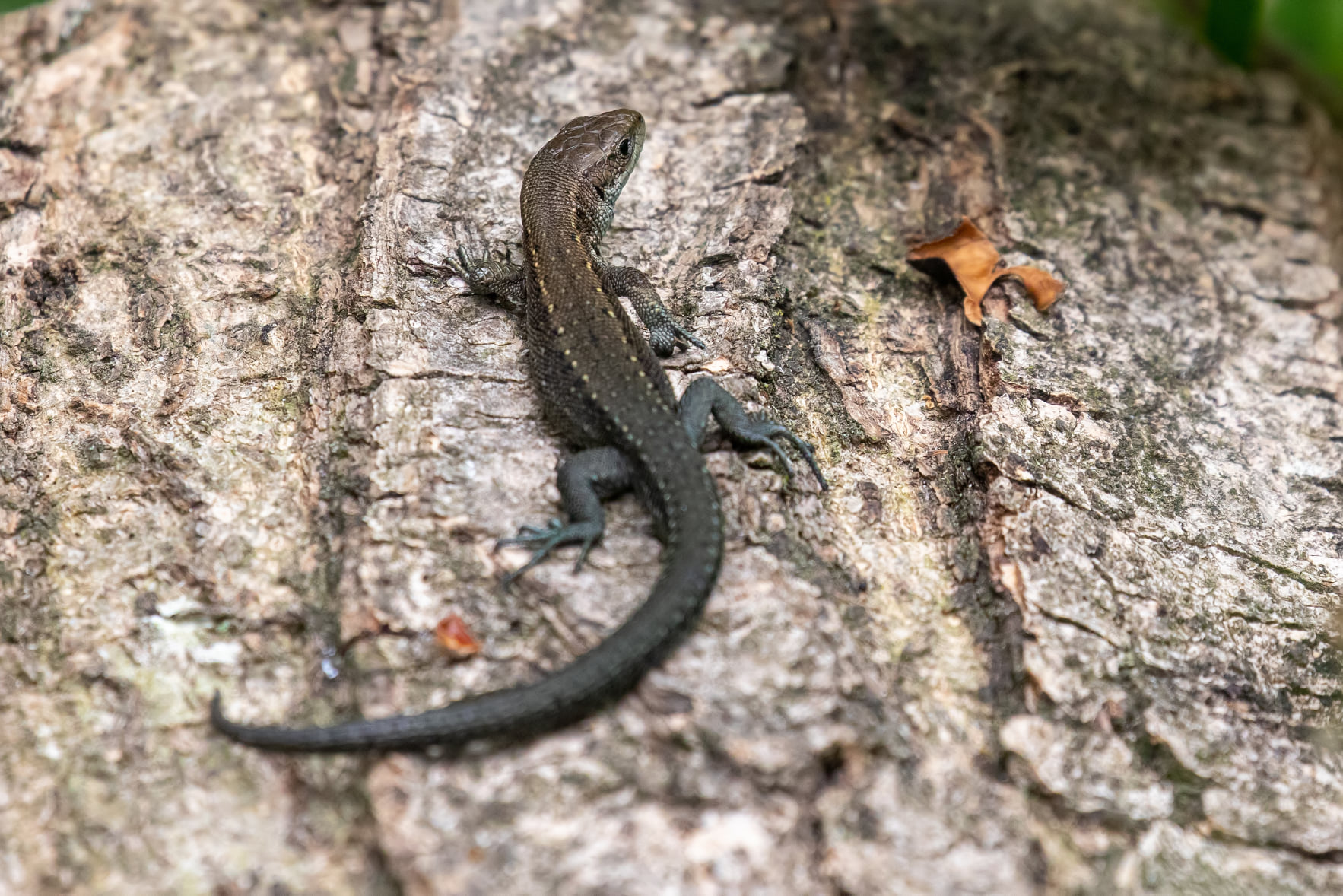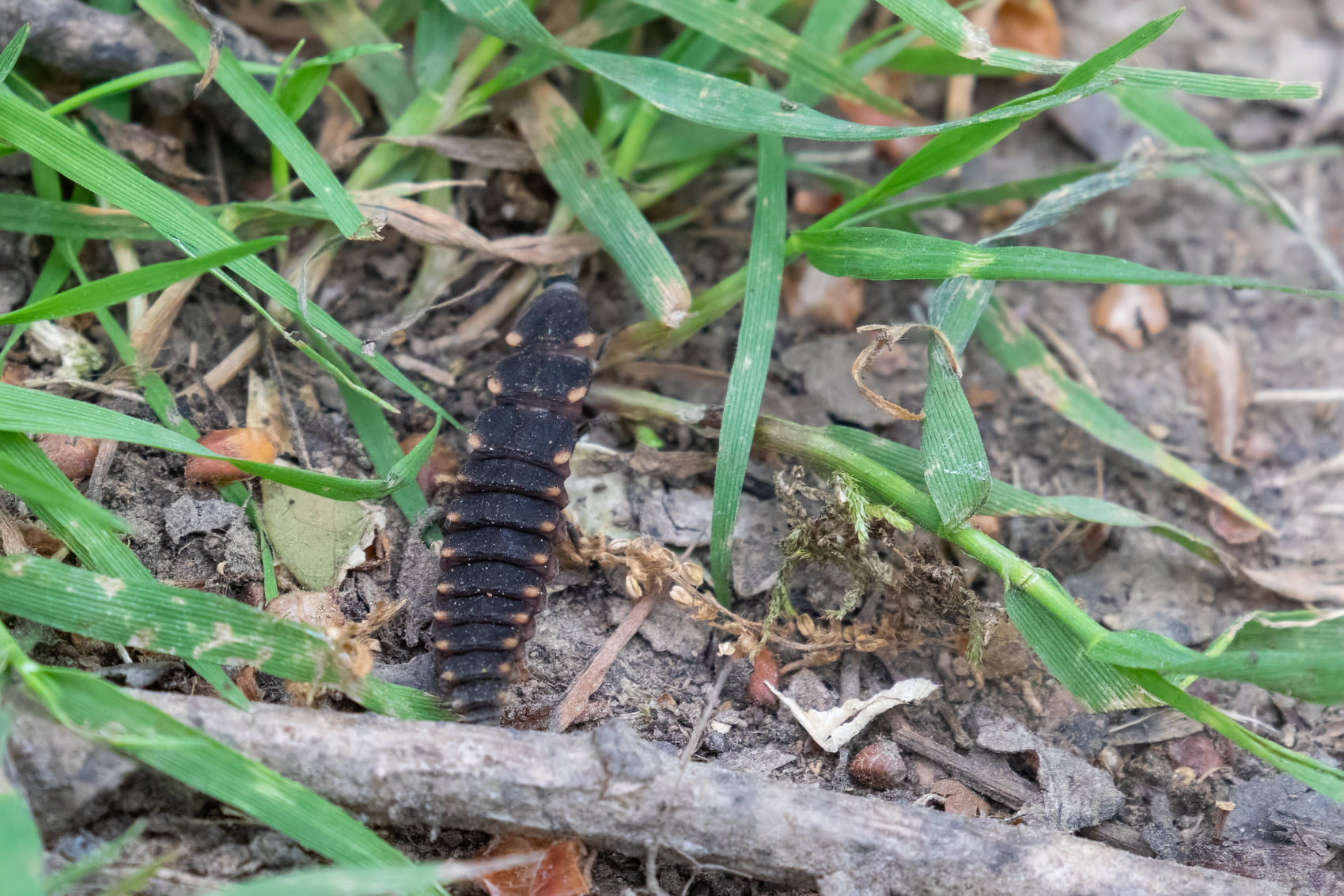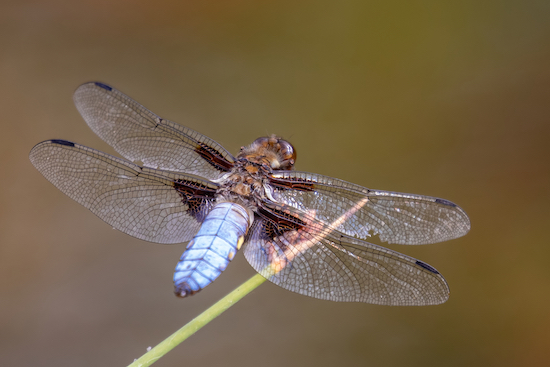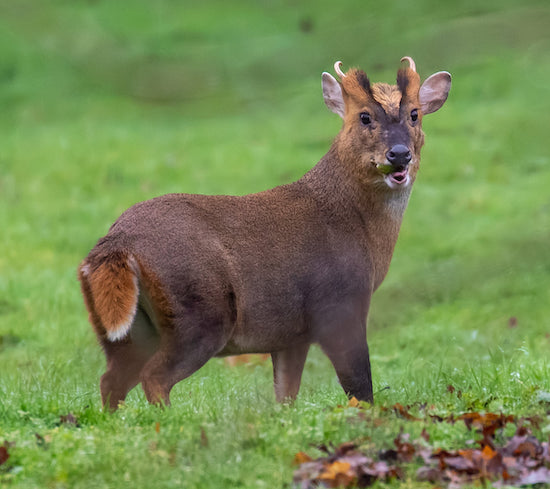- Home
- Walks
- Cambridgeshire walks
- Monks Wood
Monks Wood Nature Reserve - Worth a Visit
Monks Wood is an ancient woodland National Nature Reserve near Huntingdon in Cambridgeshire. Once a closed research site, it’s now open to quiet visitors who enjoy birds, insects, flowers and simply wandering among trees.
If you like unmarked paths, birdsong, and the chance of seeing deer or dragonflies, this is a great slow walk. There are no attractions or facilities here – the interest is in what you notice.
Monks Wood at a Glance
- Finding it: The main entrance is a small kissing gate on the B1090. Parking is limited, which is how it stays so wonderfully quiet.
- The 'Locked' Gate: The gate might look padlocked. It's not! Just reach over and lift the latch on the other side. This single piece of insider knowledge makes you feel like you have the key.
- What to Expect:
- In spring, the woods are carpeted with bluebells making a glorious comeback now that deer fencing protects them.
- In summer, the mosquitoes can be fierce, so a good insect repellent is your best friend.
- In autumn, look for colourful fungi growing amongst the dead wood. You don't need to know the names; just enjoy spotting the strange shapes.
- What to Do: Follow the wide, mown paths. You'll notice they meander in serpentine routes. This isn't random; it's designed to let different flowers grow at different rates. The maze you walk today will be different next month.
- Dogs: Your well-behaved best friend can join you, if you keep him or her on a lead.
- Etiquette: Stay on the paths to protect sensitive habitat. Close gates behind you. Respect fences and restricted areas.
Our First Visit
I’ve lived less than ten miles from Monks Wood Nature Reserve for over forty years. For all that time, I believed it was off-limits.
It was once home to the Monks Wood Experimental Station, a famous scientific research centre, and back then, you needed a special permit to enter.
So when I learned the woods were now open to the public, I felt like I’d been let in on a long-kept secret.
But my first visit was a disaster.
It’s so big, with many crisscrossing paths, that I got completely lost. An hour of aimless wandering left me feeling foolish and frustrated.
I later learned that the secret to Monks Wood isn't in mastering its maze-like paths, but in changing your approach entirely.
This is the guide I wish I'd had — a way to find the magic without getting lost first.
Learning to See the Small Things
 Common Lizard sunning itself on a fallen tree
Common Lizard sunning itself on a fallen treeThe mistake I was making was trying to see everything.
On my second visit, I had a close call that taught me a valuable lesson.
I was about to sit on a fallen log when a flicker of movement caught my eye. A common lizard was sunning itself right there. Thank goodness I chose the log next to it, or I would have squashed the poor thing!
It was a sharp reminder to slow down.
So now, the trick I use is to stop, find an unoccupied log, and just sit for five minutes, looking at what's around my feet. It’s a way to quiet the noise in my head that says "Keep going, or you’ll miss something that's waiting around the next corner."
Suddenly, I was in a different world.
 Glow-worm Larvae on the woodland floor
Glow-worm Larvae on the woodland floorOn one visit, something skittered across the path. It was tiny, armoured, and utterly alien. My hands aren't always steady, but I've learned that my phone's camera is my best research assistant. I crouched down, got a quick photo, and later discovered it was a glow-worm larva.
Once you tune into this miniature world, other characters appear.
You might spot the intricate patterns of a shield bug on a leaf, looking like a tiny jewelled scarab.
Or you might see the wonderfully strange scorpion fly, which looks fierce with its long "beak" and tail that looks like it's namesake, but is completely harmless.
This is the thrill you’re looking for. It’s not about knowing all 1,000 species of beetle that live here. My identification skills are not good enough to name a fraction of them! It’s about the personal joy of discovering just one.
The Dragonfly Puzzle

Leave the main rides and take the narrower paths, and you might find the hidden ponds, tucked away in a small field with sheep grazing peacefully, surrounded by trees.
Patrolling the water's edge were dragonflies—or 'dragons' as my husband and I call them. Some had striking, powder-blue bodies, while others were a beautiful golden-brown.
They would fly off like little helicopters, returning to the same perch. By staying still and watching patiently I was able to take some photographs. As soon my shadow fell on one, it was off!
It was only when I got home that I discovered the blues were male and the golden brown female, Broad-bodied Chasers.
It was another 'click' moment, where the world comes into sharper focus. It's a reminder that what looks like a complex puzzle is often just a story waiting to be understood.
The Gift of an Imperfect Encounter
You’ll find that most wildlife encounters are about more than just sight.
You might hear the sharp, insistent drumming of a Great Spotted Woodpecker echoing through the trees long before you see it. The temptation is to rush towards the sound, but a better way is to simply stop and listen.
Enjoy being in its presence. The sound itself is the encounter.
The same goes for fleeting glimpses. You might see a Muntjac deer here, a non-native species about the size of a large dog.
The encounter, however fleeting, is the real trophy. The photo is just the souvenir.
 Muntjac deer
Muntjac deer
About the Author
For me, it’s never been just about bird names or camera settings, but the thrill of seeing a distant speck turn into a hunting kestrel.
After years of learning how to notice and photograph those moments, my camera has become the tool - and this site the field notebook - where I share what I’ve discovered.
If you’re ready to look a little closer, you’ll find the trips, lessons, and small wins that can help you see and photograph the wildlife right on your doorstep.
Step Behind the Wild Lens
If you’ve enjoyed your time here, you can also follow along by email.
I send the Wild Lens newsletter occasionally. It’s where I share:
- Fresh field notes and recent encounters
- The stories behind favourite photos
- Practical tips that don’t always make it onto the site
You’ll get new UK wildlife guides, photo tips, and ideas for your next walk, straight to your inbox.






